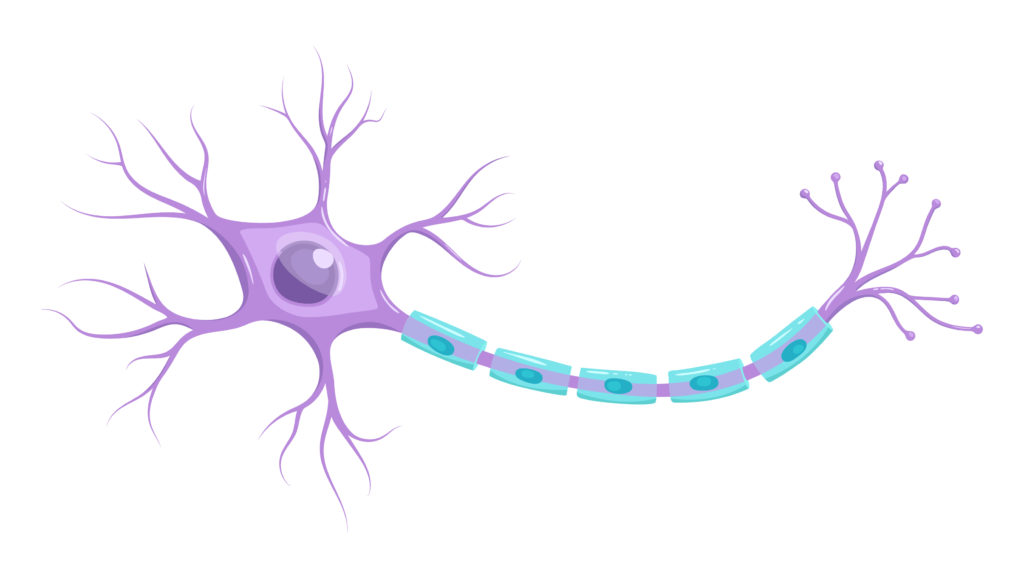Predict Therapeutic and Adverse Effects
The following table summarizes receptor types along with potential agonists and antagonists. Please note the agonists and antagonists listed are not all encompassing. Receptor Type Agonists Antagonists GProtein Linked Enzyme Second Messenger N1 nicotinic ACh ACh (nicotine, decamethonium) d-Tubocurarine, α-bungarotoxin N2 nicotinic ACh ACh (nicotine, TMA) Hexamethonium M1/M3/M5 muscarinic ACh ACh (muscarine) Atropine, pirenzepine (M1) Gαq PLC […]
Activation of the Autonomic Neurons
Activation of autonomic neurons leads to different effects depending on the target organ system. A table consolidating the effect each division of the autonomic nervous system has on specific organ systems is provided below. Eye Heart Blood vessels Bronchiolar Gastrointestinal Genitourinary smooth muscle Skin Sweat glands Metabolic Function Autonomic Nerve Endings aLess important actions are […]
Major Receptors in the ANS
The major receptors in the Autonomic Nervous System include cholinergic and adrenergic receptors. Cholinergic Receptors (Cholinoreceptors) Cholinergic receptors respond to ACh, and its analogs, and are classified as muscarinic (respond to muscarine and ACh) or nicotinic (respond to muscarine and ACh). M1 Receptor Location Mechanism Major Function Nerve endings Gq-Coupled Increased phospholipase C→increased IP3, diacylglycerol, […]
Neurons, Receptors, and Physiologic Ligands/Transmitters
Autonomic System Background To connect GPCRs to the Autonomic Nervous System, it is important to review foundational knowledge. You learned about the Autonomic Nervous System in anatomy. Pharmacology’s focus will be on the receptors of the Autonomic Nervous System and how they elicit various effects in the body. You will learn more details about the […]
GPCR Introduction
G-protein-coupled receptors (GPCRs) G-protein-coupled receptors (GPCRs) are the largest group of membrane receptors. They are cell surface receptors that play a role in an array of functions in the human body. GPCRs play a large role in human physiology and pharmacology. What percentage of medications act by binding GPCRs? 10% INCORRECT Try again 25% INCORRECT […]
Autonomic Nervous System Receptors

What to expect from this module Review of Physiologic Receptors Review of physiologic receptors When we covered Pharmacodynamics, we learned about receptors and drug actions. Recall the basic concept: The therapeutic and toxic effects of drugs result from their interaction with drug targets. Drug targets are often receptors but can also include enzymes, voltage-gated ion […]